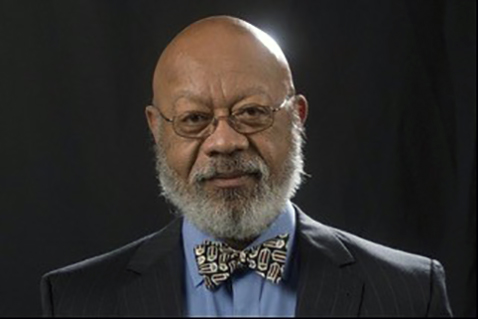By Dr. Harold A. Black
blackh@knoxfocus.com
I’ve been to South Africa three times to bow hunt. The first time I landed in Johannesburg I did not feel like I was returning to my homeland (since my homeland is Gray, GA). When I land in Knoxville I say to myself “home,” back to my things, to my house, to my dogs, back to where I belong. Not so in Africa. No one looks remotely like me. The only people who thought I was a native were a couple from Charlotte who asked me for directions (speaking very slowly) at the Johannesburg airport. No one came running up to me speaking Xhosa and welcoming me home as a fellow tribesman. My African tribes are much farther north. They were among the at least 100 tribal groups taken to America where they were broken up, sold and dispersed with loss of language and cultural identity.
When you arrive in Johannesburg, there is a sign that says “11 Languages One Country.” Yet although there are 11 official languages, more than 35 indigenous languages are spoken in the country. In the airport, you could see different tribes. Although the color was fairly uniform, there were very distinct differences in the features from noses and lips to differences in cheekbones and brows. When I landed in Polokwane where most of the blacks are Lesotho, the official language is Southern Sesotho. By the time I left, I could distinguish a southern Lesotho from a northern Lesotho (whose language is Sepedi).
At home, it is rare to see two black people that could be identified as being from the same tribe unless they are from the same family. Clarence Thomas, Vanessa Williams, Beyonce, Nicki Minaj and Thomas Sowell do not look remotely alike. Even if you go to one city – like Knoxville – it’s hard to see any tribal similarity. In America, the blacks came from all over central and west Africa from literally hundreds of tribes. They were then split up, sold and then mixed with whites from all over Europe and Native Americans. The result is me. I have 10 distinct DNA strains and am only 50% West African. My mother’s DNA was 32% British and less than 40% West African. I don’t know my father’s but I suspect it was predominately West African. Dad and his family were dark-skinned. Mom and her family were fair-skinned (her father could pass for white). Initially, Dad’s family did not embrace my mother because she was too white while mother’s thought my Dad was too black.
Thus, I have resisted calling myself an African-American. To me, that denies all of my other ancestors. Don’t misunderstand, I am fiercely proud of my African ancestors. I am Cameroon, Mali and Togo. But I am also Scotch Irish, British, European, Russian, Scandinavian and Native American. I am tempted when asked on a form for my race to check all the boxes. At ESPN, one of the most woke and least tolerant networks, they suspended a sports anchor who said among other things that she was proud of her mix-race heritage and identified as both black and Italian leading her to check both the boxes of “white” and “black”.
Some radical leftists have tried without success to pin on whites the term “European-Americans.” These are the same people who want to segregate us with hyphens: African-Americans, Hispanic-Americans, Asian-Americans, Native American-Americans, and European-but-not-of-Hispanic-descent-Americans.
Enough already. The racial/ethnic hodgepodge of American blacks like me makes us uniquely American. Rather than African-American I am more correctly a Mongrel-American. However, that term will not likely gain much traction. So what am I? I am an American-American.







